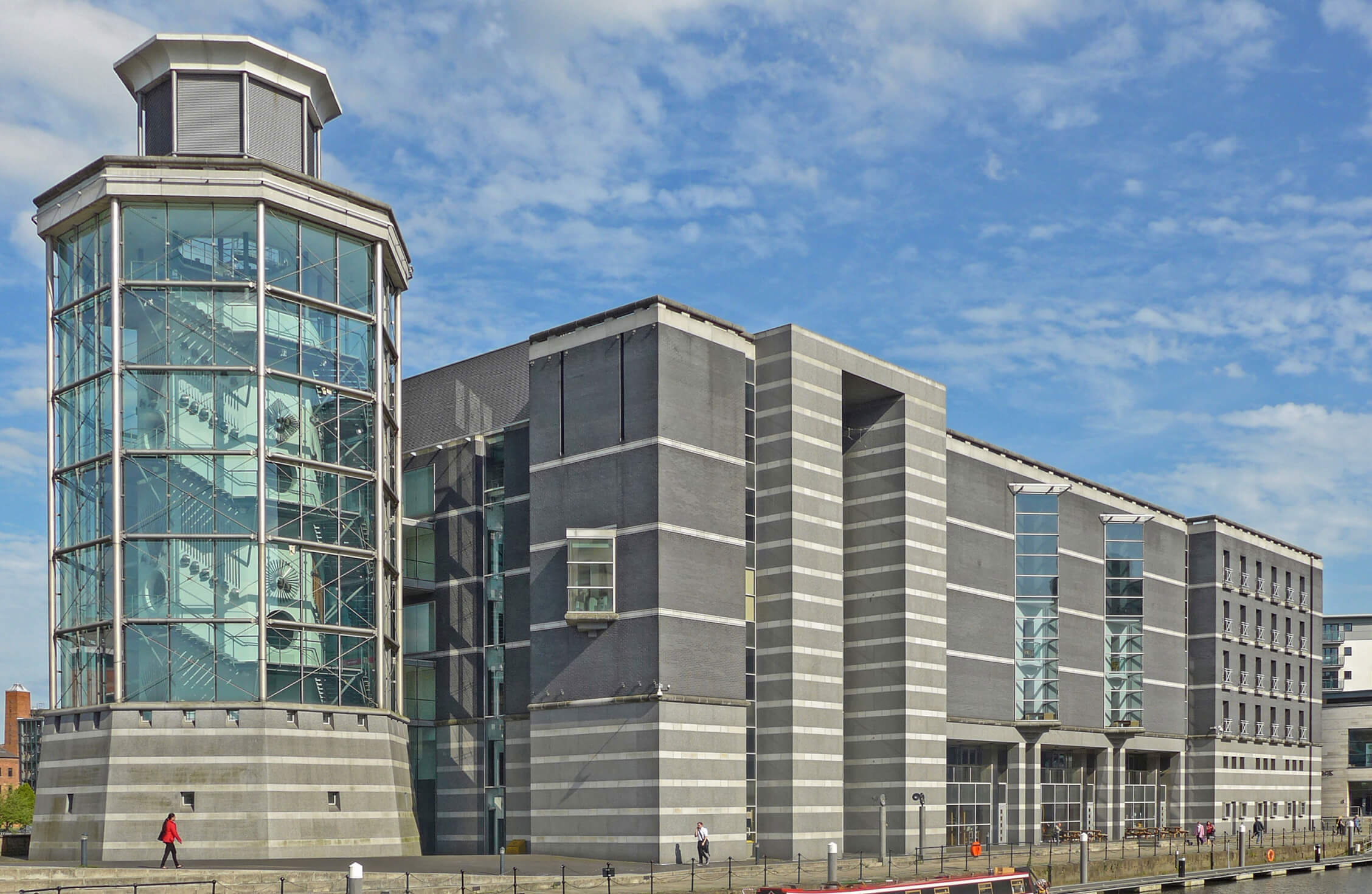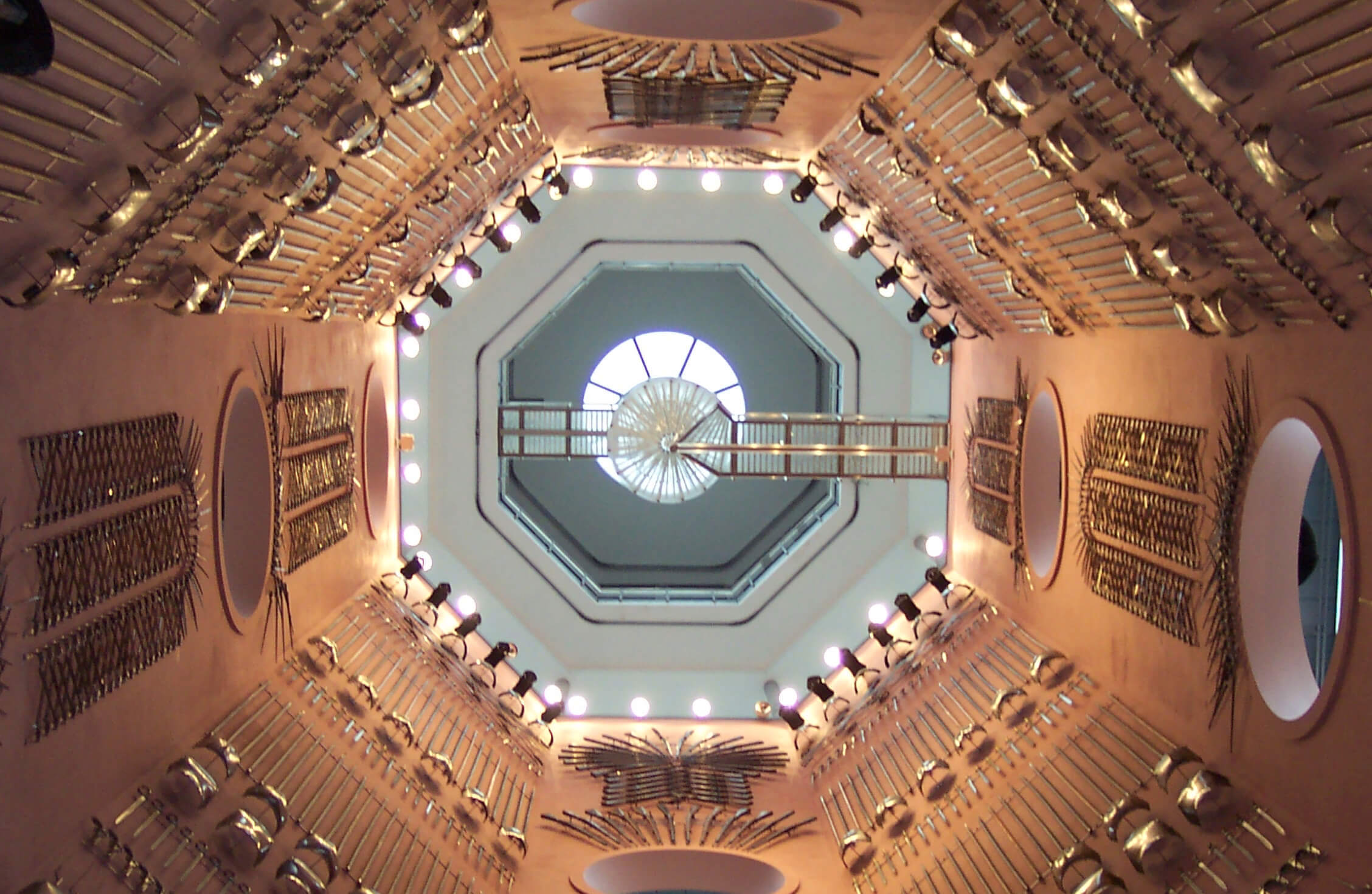The Royal Armouries is home to one of the oldest and largest collections of arms and armour in the world.
Its historic base in the Tower of London has amassed an arsenal over centuries, but today the collection is split across its principal site in Leeds, as well as the Tower of London and Fort Nelson near Portsmouth.
One of the country’s leading visitor attractions, the Royal Armouries drew around 2.1 million visitors across its three physical sites in 2017/18, with the Leeds museum attracting some 230K visitors. However in order to achieve its ambitions for growth, there were a number of under-represented groups that the museum needed to engage better with.

The Challenge
The Royal Armouries had limited data on its demographics and wanted to better understand how and what under-represented groups engage with online. It needed to expand and understand this data in order to develop targeted digital marketing strategies designed to appeal to these groups.
Through persona research and visitor segmentation, the Royal Armouries had already identified that it was successfully attracting younger and older audiences as well as families too. However it wanted to better appeal to broader demographics including; black, Asian, and minority ethnicities (BAME); people with disabilities; as well as other minority groups.
We were asked to complete three tasks:
- Develop a geodemographic picture of the Leeds City Region.
- Help the Royal Armouries better understand its real and potential digital audiences
- Contribute to a new and improved digital strategy which aimed to attract under-represented groups

Our approach
Working closely with the Royal Armouries, we created an action plan of research and analysis. Every action was designed to help us collect as much useful insight for the museum’s digital strategy as possible.
As a locally-based attraction, we already had a good understanding of what the Royal Armouries has to offer. But in order to better understand its specific challenges, approach to digital marketing, and objectives, we immersed ourselves in its business.
By understanding more about the Royal Armouries, we developed a strategy that enabled the museum to:
- Identify potential visitors in the Leeds City region,
- understand what these visitors are looking for online and how they look for it, and
- define recommendations for the next stage of digital engagement.
The solution
Our strategy and research methodology involved three clear activities.
1. Leeds City Region geodemographic survey
We conducted two quantitative online surveys. The first was designed to gather insight on the demographic makeup of the Leeds City Region. This was based on a nationally representative sample of 500 people in the region based on age, gender, and other key demographics such as ethnicity.
The second survey appeared on the Royal Armouries website and aimed to gather opinions from users who were already engaged with the museum. Both surveys aimed to answer:
- What are the Leeds City Region demographics?
- How can the groups be categorised by age, race, social class, and other key demographics?
- How does the Royal Armouries’ audience reflect the Leeds City Region and where are the opportunities for targeted marketing?
- Where do target groups live?
- Where are they online?
- What arts, culture, and heritage attractions do they engage with and how?
2. Defining the Royal Armouries’ audiences for digital engagement
Using the geodemographic data from the surveys, we targeted under-represented audiences in order to conduct focus groups.
Building on the information from the online survey, we delved deeper into these audiences’ digital behaviour; their views on arts, heritage, and culture; and the Royal Armouries itself.
3. Identifying user groups and personas to shape ongoing digital engagement
All the data and insights was gathered together and we developed persona cards for each audience group that outlined their needs, wants, and typical digital activity.
The personas gave the Royal Armouries a picture of who its local and regional digital audiences were, and insights into how they might reach them.

The results
The surveys and focus groups enabled us to create a research report for the Royal Armouries that provided insight into its audiences and their digital behaviour.
The report provides the Royal Armouries with an idea of how it should frame its digital marketing messaging towards its target groups. But most importantly, the report forms a core component of the Royal Armouries’ digital engagement strategy as it moves to its next stage.
The Royal Armouries now has the audience research to imagine and ultimately create a digital ‘fourth site’ or presence, where current and potential visitors can engage and interact with the museum.
The findings range from which social media sites to use, to the types of content the museum might create, and the kind of stories the museum’s digital platforms need to tell. The museum’s ‘fourth site’ will be designed to appeal to a diverse audience and range of visitors. The insight and recommendations as a result of our research will help the museum to realise it’s next phase of development and make it a go-to destination throughout the region and beyond.
Image attributions
Main Stairwell, Royal Armouries Museum by Lofty. CC BY-SA 3.0 license. No edits were made. Royal Armouries Leeds by Tim green. CC BY 2.0 license. Image has been cropped. The Horned Helmet by Geni. CC BY-SA 4.0 license. Image has been cut out and combined with a logomark.




